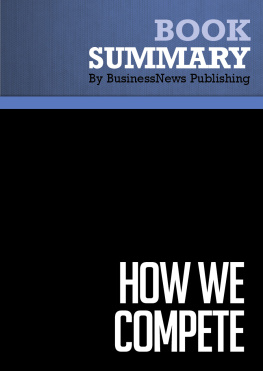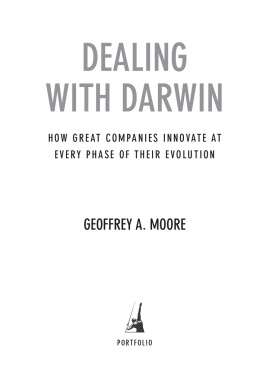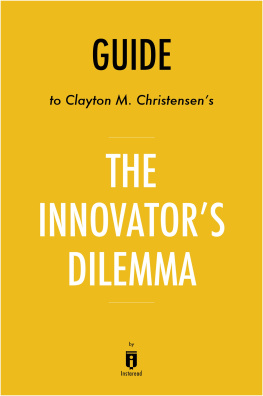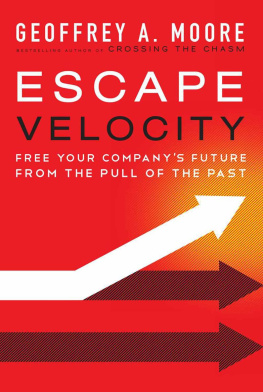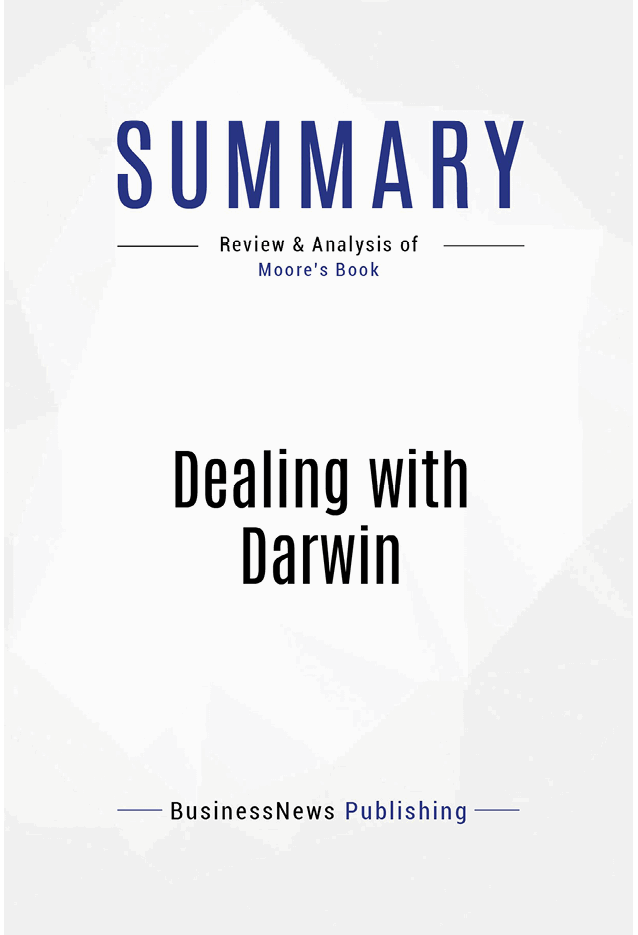Book Presentation: Dealing With Darwin by Geoffrey Moore
Book Abstract
Main Idea
In just the same way as a Darwinian battle for the survival of the fittest occurs in the natural world, a similar kind of phenomena often arises within the marketplace. To survive and prosper, companies need to keep innovating all the time to retain a competitive advantage. The precise nature of the types of innovations which will generate the greatest returns varies as the marketplace itself changes and evolves in this way:
- In the early stages of a new market, product leadership style innovations are highly valued.
- Once a market reaches maturity, innovations centered around operational excellence or customer intimacy take center stage.
- In a declining market, competitive advantage is achieved using category renewal innovations.
To respond to these changes, companies should be consistently doing two things:
- Choose one specific innovation strategy and become so good at it that you create definitive separation from all your competitors over a prolonged and sustained period of time.
- Move resources from being applied in areas that dont create any competitive distinction to those areas where differentiation can be enhanced.

Free-market economies operate under the same rules as organic systems in nature. The fundamental question Darwinism poses is: How can we innovate forever? That is precisely what natural selection forces us to do. Evolution requires us to continually refresh our competitive advantage, sometimes in dribs or drabs, sometimes in major cataclysms, but always with some part of our business portfolio at risk and in play. To innovate forever, in other words, is not an aspiration; it is a design specification. It is not a strategy; it is a requirement.
Geoffrey Moore
About the Author
GEOFFREY MOORE is managing director of TCG Advisors, a consulting firm specializing in business strategy and business transformations. He also serves as a venture partner at Mohr Davidow Ventures, a venture capital firm. Dr. Moore is the author of four other well regarded business books: Crossing the Chasm, Inside the Tornado, The Gorilla Game and Living on the Fault Line . He was previously a partner at Regis McKenna Inc., a high-tech marketing and communications company. Dr. Moore is a graduate of Stanford University and the University of Washington.
The Web site for this book is at www.dealingwithdarwin.com .
Important Note About This Ebook
This is a summary and not a critique or a review of the book. It does not offer judgment or opinion on the content of the book. This summary may not be organized chapter-wise but is an overview of the main ideas, viewpoints and arguments from the book as a whole. This means that the organization of this summary is not a representation of the book.
Summary of Dealing With Darwin (Geoffrey Moore)
Managing innovation in growth, mature and declining markets
To be innovative doesnt always mean to come up with a new breakthrough product. In reality, there are fifteen distinct innovation strategies, each of which can be useful at different times depending on the evolution of the marketplace as a whole. No one of these strategies guarantees success but you need to be aware of the range of possibilities. Instead, success demands that your organization choose one of these strategies to excel at so you can in the process leave all the competition behind.
To decide which innovation strategy you should use to break free of the competition, there are three factors to consider:
- Core competencies the existing assets your organization already has in place to exploit.
- Competitive analysis the openings left by your competitors for someone else to focus on.
- Category maturity the stage of development the market as a whole is at. At different stages of an industrys life cycles, different innovation strategies are most highly rewarded. This should influence your choice of strategies.
There are fifteen distinct innovation strategies to choose from, each of which comes to the fore at a different stage of industry evolution.
1. Disruptive Innovation Strategy Zone: Product leadership, growth market
This is what most people think of when they visualize innovation. It means to create a new offering which is incompatible with existing products and therefore results in the creation of an entirely new and original market category. This is a high risk activity because a lot of things can go wrong. It makes sense to target disruptive innovations at very large potential markets so as to generate sufficient returns to make the risks tenable.
Disruptive innovations may be in the form of:
- Better products than those offered by anyone else.
- Superior integration between systems and services.
- A better performing business model with big improvements.
Needless to say, the key to success with brining a disruptive innovation to the marketplace is to have something which creates an order-of-magnitude improvement on the current market standard. You than have to be committed enough to seed and build the early market all on your own usually, which can be a challenging activity in and of itself.
2. Application Innovation Strategy Zone: Product leadership, growth market
This type of innovation develops new markets for existing products by finding novel or previously unexploited uses for them. Examples would include using engineering workstations to run financial trader software on Wall Street, the use of fault-tolerant computers to run ATMs or even the adaptation of the Apple Macintosh to desktop publishing. Application innovation centers on introducing new standards which leverage and refocus existing value chains. Application innovation works backwards you identify a niche market and then develop a product which will fit that need like a glove.
Application innovations typically involve developing a niche market. This is why many applications get developed by small firms or startups. Its difficult for a company with a large existing revenue base to justify spending time and resources growing a niche market to the point at which it becomes viable and important. Specialist skills rather than generalist skills tend to come to the fore in the development of new applications.
The three keys to application innovations are:
- Focus on the unmet needs of a distinct niche market.
- Come up with a complete end-to-end preassembled solution.
- Use alliance marketing in conjunction with partners to start.
3. Product Innovation Strategy Zone: Product leadership, growth market
Product innovation is all about building a better mousetrap. Youre trying to get to market first with an offering which packs in more features than existing products. Product innovation centers on giving the consumer more value, or in other words, more bang for their buck.
In practical terms, success in product innovation requires:
- R&D that creates a genuine product breakthrough.


